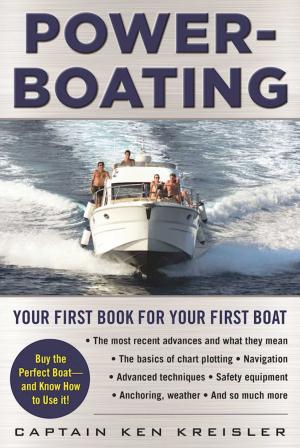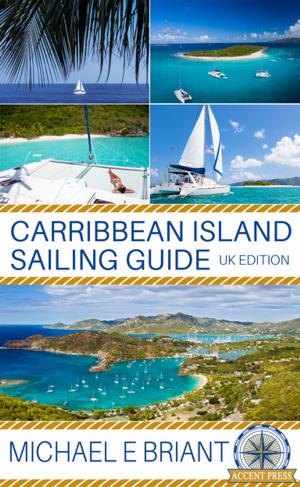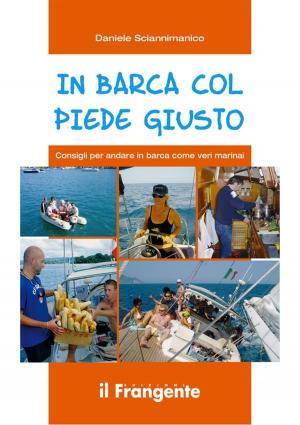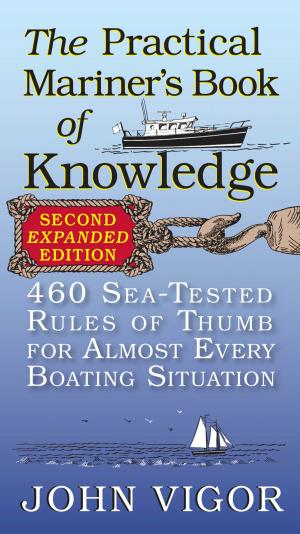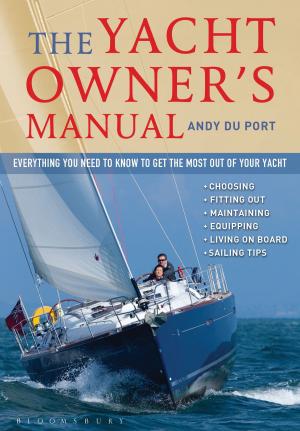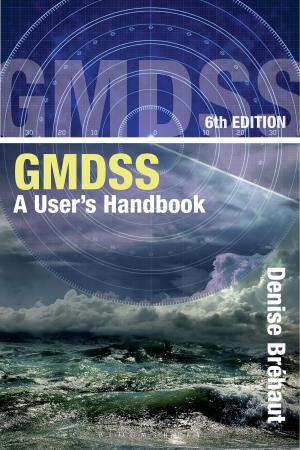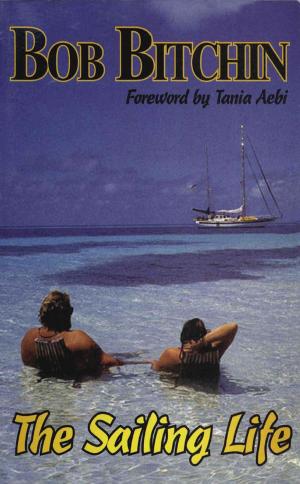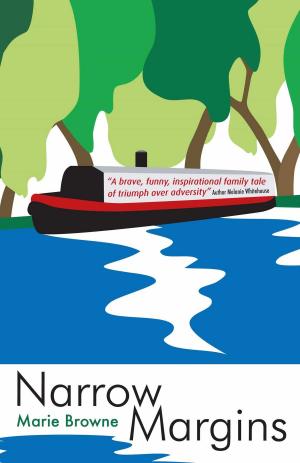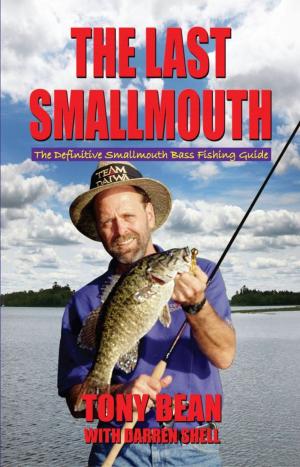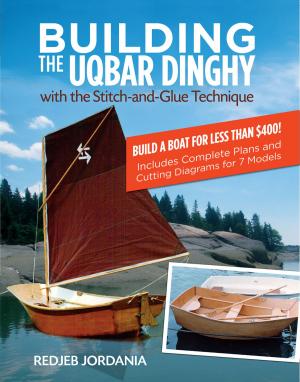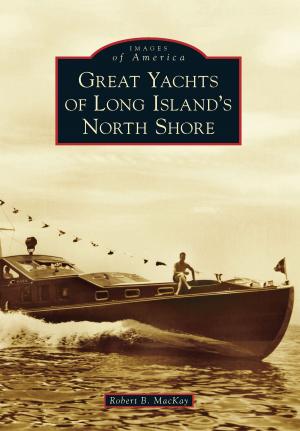| Author: | Alan Phillips | ISBN: | 9781921936999 |
| Publisher: | Alan Phillips | Publication: | July 11, 2013 |
| Imprint: | Language: | English |
| Author: | Alan Phillips |
| ISBN: | 9781921936999 |
| Publisher: | Alan Phillips |
| Publication: | July 11, 2013 |
| Imprint: | |
| Language: | English |
A detailed planning itinerary for your voyage around the world.
The routes, and the seasons clearly laid out for all to understand.
So you want to sail around the world?
Which way do you go? What is the "milk run" ?
How? When? Where to go? What are the sailing seasons ?
The mental test, the boat, the weather, the crew, the equipment, the food, the philosophy, the lifestyle, the tricks, the anchorages, the harbors, the navigation, the dangers, the tools, the paperwork, money, communication, safety, poetry, responsibility, FAQ, seasickness, first aid, politics, clothes, expenses, watchkeeping, knots, anchors, cyclones, prayers, becalmed, hurricanes, latitudes, engine, toilet, lightening, information on everything that you possibly need to know.
+ EVERYTHING you need to know including detailed charts and 150 photos of the harbors. Information on customs and provisioning, winds, tides, storms, seasons, trade winds, formalities, food, navigation aids, docking, bathing, washing, safety, politics, dangers, interesting information, fishing, the costs, the kids & pets, pirates, whales, axe murderers, maintenance, repairs, water, etc etc...including the dinghy and other toys.
Written by Alan Phillips who has done it all !
The Milk Run is the easiest and warmest possible route to circumnavigate the world.
If you are thinking about sailing around the world and if your object is to sail as easily and safely and warmly as possible with a minimum of hardship and a maximum of pleasure then you need to take the Milk Run Route
The Milk Run Route uses the trade winds to cross the major oceans and avoids tropical revolving storms (i.e. hurricanes, cyclones and typhoons).
There are many variations of this plan but the critical planning factors which must be taken into account are the following;
CRITICAL PLANNING FACTORS
Because of the direction of the spin of the earth the world circling trade winds blow from east to west.
You must use the trade winds to cross the major oceans. ( The tradewinds blow in winter)
You must stay out of the hurricane areas. ( Hurricanes occur in summer).
The Mediterranean is best in the summer
The Red Sea is best in spring
Cars crash, diseases appear from nowhere, loved ones die, careers evaporate. There is no safety. Misfortune can hit anywhere anytime. There is nowhere to hide.
The more you try, the more vulnerable you are. So do not waste your life trying to be protected. Instead set out to live. We have only one life, only one chance to live. If we do not live it, it is gone and wasted.
Why not think of the joys of living a full and interesting life? Why not throw your financial caution to the wind and sail off around the world? Have the courage to live
The Atlantic crossing in the trade wind belt is from Canary Islands to the Caribbean in the northern winter. In the North Atlantic Ocean the trade winds blow from November to April between latitudes 3 degrees to 25 degrees. Then the hurricanes can occur in the northern summer between latitudes 5 degrees and 30 degrees. They are most dangerous from August to October.
The Pacific Ocean crossing from Panama to New Zealand is in the southern winter. Then through Panama Canal and down into the Southern Hemisphere looking for the trade winds in the southern winter from April to October between latitudes 3 degrees and 25 degrees. The cyclones (hurricanes) occur in this ocean in the southern summer from November to March between latitudes 5 degrees and 25 degrees. They are most dangerous from January to March.
A detailed planning itinerary for your voyage around the world.
The routes, and the seasons clearly laid out for all to understand.
So you want to sail around the world?
Which way do you go? What is the "milk run" ?
How? When? Where to go? What are the sailing seasons ?
The mental test, the boat, the weather, the crew, the equipment, the food, the philosophy, the lifestyle, the tricks, the anchorages, the harbors, the navigation, the dangers, the tools, the paperwork, money, communication, safety, poetry, responsibility, FAQ, seasickness, first aid, politics, clothes, expenses, watchkeeping, knots, anchors, cyclones, prayers, becalmed, hurricanes, latitudes, engine, toilet, lightening, information on everything that you possibly need to know.
+ EVERYTHING you need to know including detailed charts and 150 photos of the harbors. Information on customs and provisioning, winds, tides, storms, seasons, trade winds, formalities, food, navigation aids, docking, bathing, washing, safety, politics, dangers, interesting information, fishing, the costs, the kids & pets, pirates, whales, axe murderers, maintenance, repairs, water, etc etc...including the dinghy and other toys.
Written by Alan Phillips who has done it all !
The Milk Run is the easiest and warmest possible route to circumnavigate the world.
If you are thinking about sailing around the world and if your object is to sail as easily and safely and warmly as possible with a minimum of hardship and a maximum of pleasure then you need to take the Milk Run Route
The Milk Run Route uses the trade winds to cross the major oceans and avoids tropical revolving storms (i.e. hurricanes, cyclones and typhoons).
There are many variations of this plan but the critical planning factors which must be taken into account are the following;
CRITICAL PLANNING FACTORS
Because of the direction of the spin of the earth the world circling trade winds blow from east to west.
You must use the trade winds to cross the major oceans. ( The tradewinds blow in winter)
You must stay out of the hurricane areas. ( Hurricanes occur in summer).
The Mediterranean is best in the summer
The Red Sea is best in spring
Cars crash, diseases appear from nowhere, loved ones die, careers evaporate. There is no safety. Misfortune can hit anywhere anytime. There is nowhere to hide.
The more you try, the more vulnerable you are. So do not waste your life trying to be protected. Instead set out to live. We have only one life, only one chance to live. If we do not live it, it is gone and wasted.
Why not think of the joys of living a full and interesting life? Why not throw your financial caution to the wind and sail off around the world? Have the courage to live
The Atlantic crossing in the trade wind belt is from Canary Islands to the Caribbean in the northern winter. In the North Atlantic Ocean the trade winds blow from November to April between latitudes 3 degrees to 25 degrees. Then the hurricanes can occur in the northern summer between latitudes 5 degrees and 30 degrees. They are most dangerous from August to October.
The Pacific Ocean crossing from Panama to New Zealand is in the southern winter. Then through Panama Canal and down into the Southern Hemisphere looking for the trade winds in the southern winter from April to October between latitudes 3 degrees and 25 degrees. The cyclones (hurricanes) occur in this ocean in the southern summer from November to March between latitudes 5 degrees and 25 degrees. They are most dangerous from January to March.

